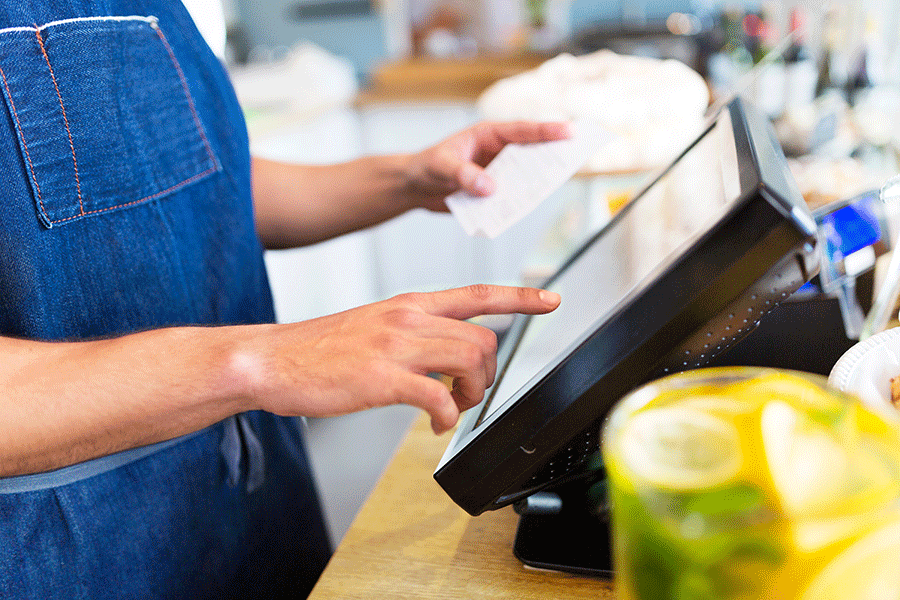Retaining customer loyalty is a direct result of the quality of the shopper experience.

Self-checkout has become less of a novelty as more retailers have invested in the POS technology to empower customers to handle this task themselves. While the big box and large grocery stores have embraced self-checkout, we can expect other retailers to move in the same direction. Specialty retailers, convenience stores, and even department stores are expected to install self-checkout kiosks for their POS systems.
Dusty Lutz, general manager of NCR’s Retail Self-service Solutions Groups, said his company is seeing “double-digit growth internationally for the last few years in the self-checkout kiosk market. The driver for the growth of self-checkout is the same worldwide: customers’ dislike of waiting in line at traditional checkouts.”
Although the POS technology is experiencing tremendous growth, self-checkout is not the preference of a large percentage of shoppers.
A Cisco Customer Service Report showed that only 52% chose the self-checkout, due to their desire to avoid checkout lines. Those who opt for the traditional checkout aren’t convinced the self-service kiosk saves time.
Frank Olea, CEO of Olea Kiosks, suggests that retailers should look at more shopper-centric ways to establish self-checkout that would better serve the habits of their customers.
“Stores should look for ways to increase self-service in any way they can,” he said. “For their ‘15 items or less’ lanes, they could install simple cashless self-checkout terminals [that] would cost around a quarter of what cash-accepting and change-giving self-checkout kiosks cost. To say one size of self-checkout kiosk fits all customers is wrong. I use cash probably less than 5% of the time, and I’m not alone in this.”
Improving the customer experience with POS
Retailers are on a big push to improve the customer experience, across multiple channels. But according to a Harvard Business Review article, customers might not want more personal attention. Maybe they don’t want as much interaction as retailers assume.
“On a psychological level, it might have more to do with the unique element of control that self-service affords. Or maybe this self-service love affair is a product of our infatuation with gadgetry and electronic communication.”
Time Magazine reporter Martha C. White says some retailers look at self-checkout as “…a sort of ‘on-ramp’ to an era where everybody will just pull out their phones and use a barcode reader to scan items while they shop, then pay and walk out without having to wait on line or pass items over a scanner.”
WalMart actually tried such a pilot program, testing “Scan & Go” in 200 stores. Like any other self-checkout solution, there were flaws.
Employees were required to do theft checks, because self-checkout tempts shoplifters.
Scan & Go hasn’t yet received the green light, although it has proven to be a quick way to move through customers with a cart loaded with SKUs.
Notable exceptions include items that require weighing or age verification (e.g., alcohol, spray paint).
Retail technology is advancing rapidly to build customer loyalty. Learn more in a Case Study titled ‘Branching Out with Mobile POS.‘
Self-checkout represents a major opportunity to deliver the convenience that shoppers want, but the right solution will vary from one retailer to the next.
Have you tried a POS system in your retail store? Share tips with us on Twitter @LTronCorp.